Researchers published a paper describing a new superconducting qubit expected to increase coherence times in quantum processors.
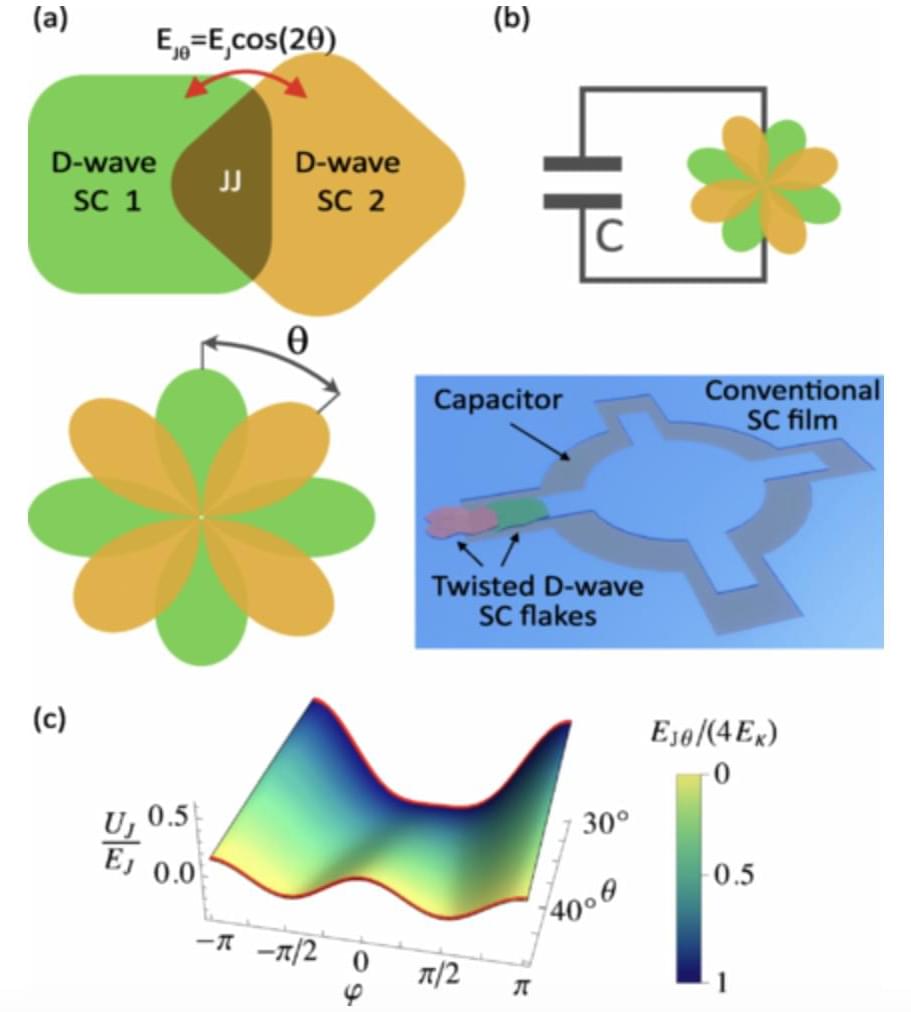

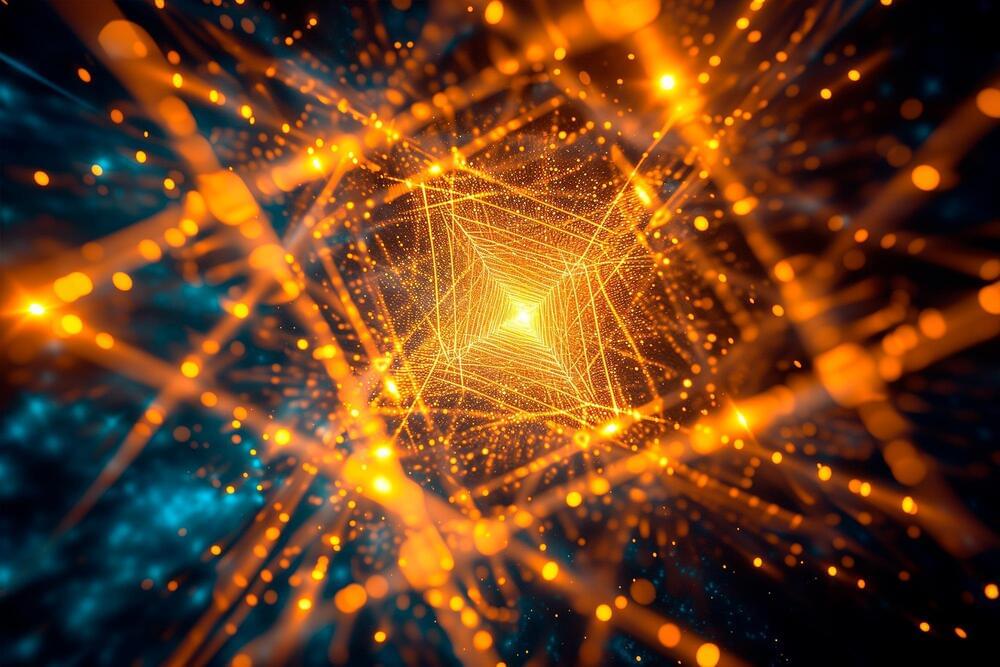
A new fusion of materials, each with special electrical properties, has all the components required for a unique type of superconductivity that could provide the basis for more robust quantum computing. The new combination of materials, created by a team led by researchers at Penn State, could also provide a platform to explore physical behaviors similar to those of mysterious, theoretical particles known as chiral Majoranas, which could be another promising component for quantum computing.
The new study was recently published in the journal Science. The work describes how the researchers combined the two magnetic materials in what they called a critical step toward realizing the emergent interfacial superconductivity, which they are currently working toward.

“Our task,” Fedorov wrote, “is to make nature, the blind force of nature, into an instrument of universal resuscitation and to become a union of immortal beings.”
Fedorov’s writing never turned mainstream, but it did spawn a short-lived, visionary philosophical movement known as Cosmism. Materialized during the Industrial Revolution — a time of unprecedented societal change — the movement generally sought to redefine mankind’s relationship with technology and progress, with the ultimate goal of regulating the forces of nature so that humanity could achieve unity and immortality. The movement offered a more spiritual alternative to both futurism and communism.
Although the latter annihilated Cosmism before it had a chance to mature, its maxims have acquired new relevancy in the age of Big Tech. The following interview with Boris Groys, a distinguished professor of Russian and Slavic studies at New York University and editor of the new book Russian Cosmism, reveals why.


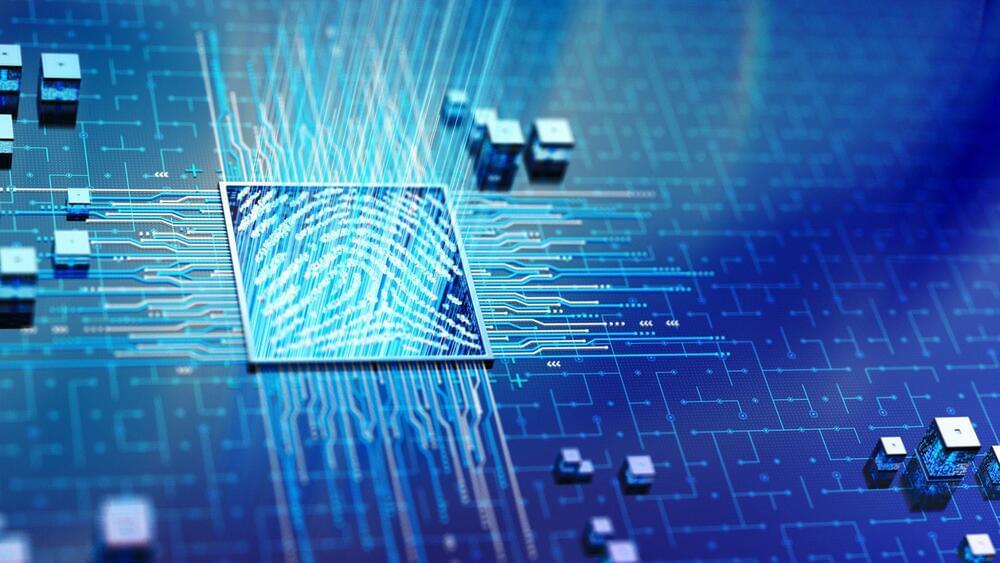
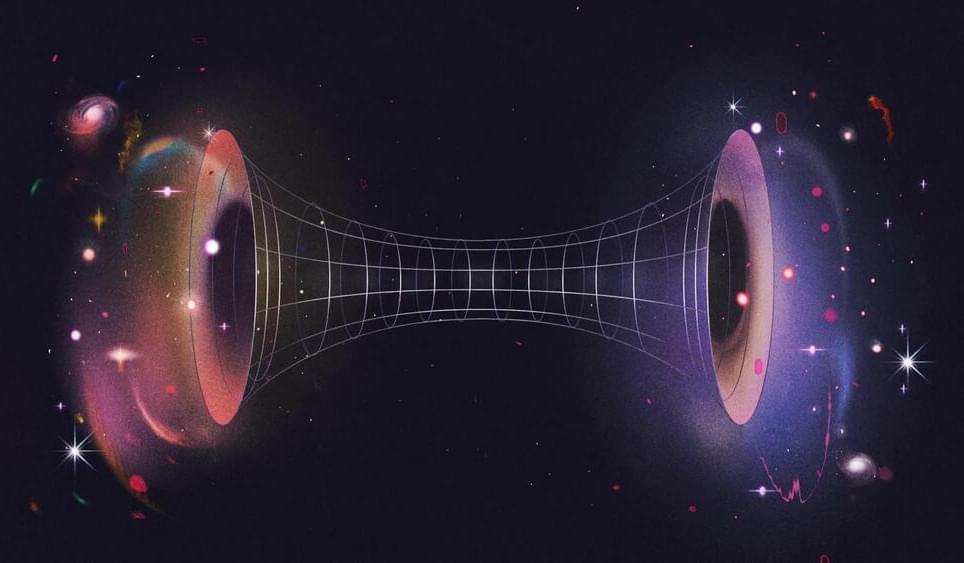
In an experiment reported in the journal Nature, physicists have achieved a remarkable feat by creating the world’s first quantum holographic wormhole. The experiment delves into the profound connection between quantum information and space-time, challenging traditional theories and shedding light on the complex relationship between quantum mechanics and general relativity.
The team, led by Maria Spiropulu from the California Institute of Technology, utilized Google’s quantum computer, Sycamore, to implement the groundbreaking “wormhole teleportation protocol.” This quantum gravity experiment on a chip surpassed competitors using IBM and Quantinuum’s quantum computers, marking a significant leap in the exploration of quantum phenomena.
The holographic wormhole emerged as a hologram from manipulated quantum bits, or “qubits,” stored in minute superconducting circuits. This achievement brings us closer to realizing a tunnel, theorized by Albert Einstein and Nathan Rosen in 1935, that traverses an extra dimension of space. The team successfully transmitted information through this quantum tunnel, further validating the experiment’s success.

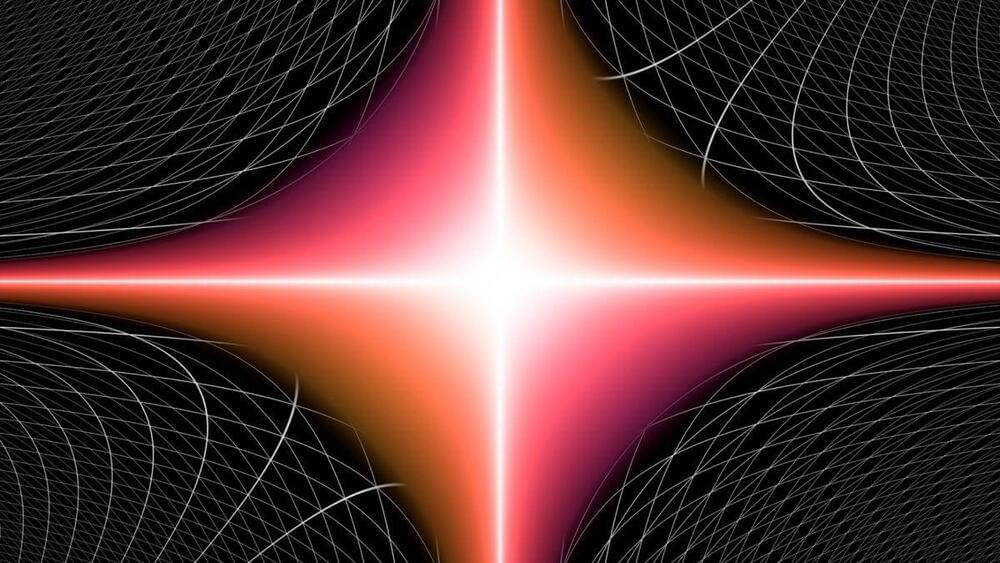
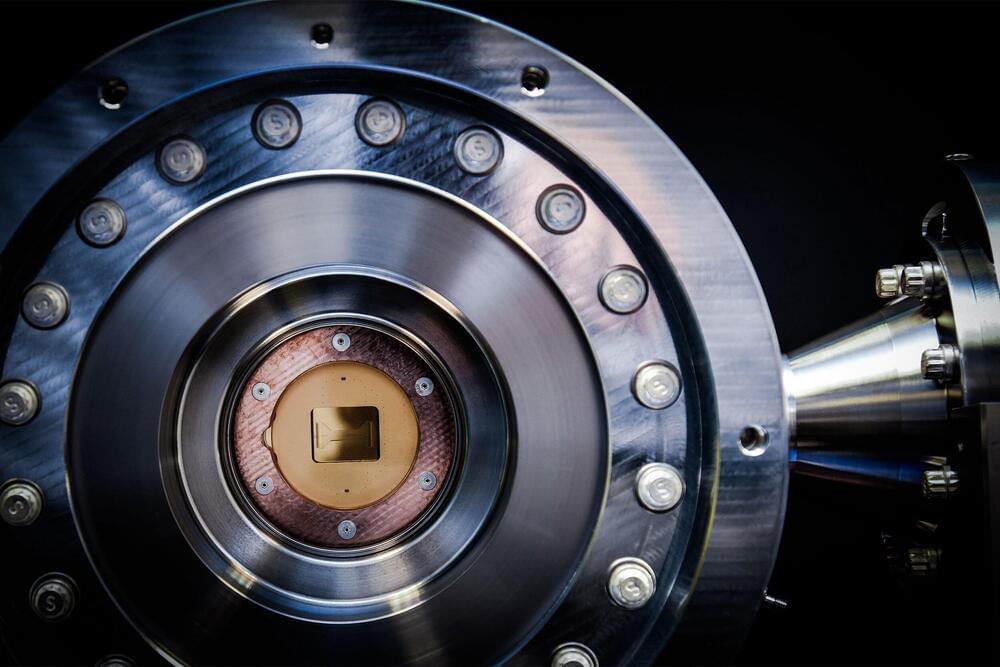
Our physical, 3D world consists of just two types of particles: bosons, which include light and the famous Higgs boson; and fermions—the protons, neutrons, and electrons that comprise all the “stuff,” present company included.
Theoretical physicists like Ashvin Vishwanath, Harvard’s George Vasmer Leverett Professor of Physics, don’t like to limit themselves to just our world, though. In a 2D setting, for instance, all kinds of new particles and states of matter would become possible.
Vishwanath’s team used a powerful machine called a quantum processor to make, for the first time, a brand-new phase of matter called non-Abelian topological order. Previously recognized in theory only, the team demonstrated synthesis and control of exotic particles called non-Abelian anyons, which are neither bosons nor fermions, but something in between.